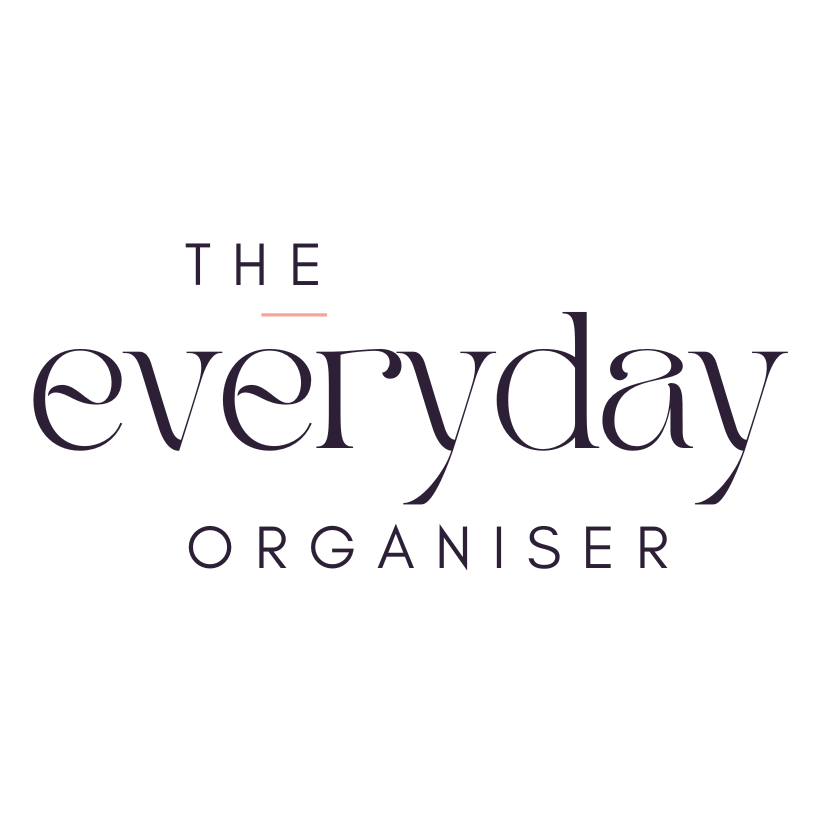Drawer organisation with IKEA Skubb drawer dividers
1-
Why Skubb containers are so good!
IKEA has nailed it with thier Skubb design. I have used Skubb drawer containers (or dividers) in my own home and countless clients’ homes. They keep everything in their assigned spot instead of a sea of clothes sliding around in one large drawer. Having a container to keep everything together often means you don’t need to fold items - just lobb them into their container. Skubb drawer containers are made out of fabric, with relatively well-structured sides and a flexible base. With a good structure and a little bit of flex, this design means that you can keep your drawers organised, but also stuff those few extra items in when needed!
2-
What to put in drawer dividers
Drawer dividers are great for items that can’t be hung on a rack or smaller items that are a bit too fiddly to fold.
Here are the key items that are perfect for Skubb containers:
Undies
Socks
Boxers
Bras
Bra accessories
Hats, scarves, mittens
Belts
Stockings
Active/Sports wear (think loose form/flimsy fabrics)
Swimwear
Shapewear
3-
What not to bother putting in drawer dividers
Tops and T-Shirts (hang them up or just roll them instead)
Shorts (just fold or roll)
Bulky clothes like sweaters, hoodies, trackpants (just fold them instead)
4-
How many do you need to buy?
There are two ways to calculate how many containers you need: either buy a bunch of containers and return any you don’t use or measure and plan so you know exactly how many you need to buy in advance.
To make the measuring and planning process clearer, I’ll break it down into steps.
Remove any items of clothing you don’t love or use (a.k.a declutter!).
Make sure you take stock of any clothes that are being washed/sitting in the laundry.
Put all your socks together, undies together and so on. Create categories and put them all together in piles so you can visually see how much you have of each category.
Lay out your drawers with your clothes in an order that you like. This means you can literally see how much will fit in each drawer.
Play tetris with the categories to find the best fit. Don’t be afraid to switch drawers around, split or combine categories.
Take note of the sizes of the Skubb containers (you can make a quick paper template or just buy one pack to play around). Double check the height of your drawers as well to make sure they will fit in and you can still close your drawers.
If you think you will need a bit of room for growth of a category over time, keep this in mind and opt for a slightly larger container rather than trying to jam everything into a smaller container. A little bit of extra room in each container also makes it easier to rummage through items.
Often there will be a gap either at the side or back of the drawer. Use this as a separate compartment. For example, you may have your undies and socks in two containers and then use the gap/extra space to pop your swimwear in.
5-
What’s the best colour to choose?
I have no doubt that IKEA will continue to produce new colours and patterns over time. In general, sticking with a lighter colour will mean it will be easier to see what is in your drawers than let’s say black as this can make it harder to see what you have (particularly if you have a fair chunk of black clothing!).
6-
How to label IKEA Subb dividers
Given that the containers are made of fabric, you will want a label that will stick, but also one that you can change if you need over time. The best ones I have used for many projects are the Dymo labels. You buy the little machine and just the sticker labels. No need for any ink! For labelling fabric, use the paper stickers (not the plastic ones) as the paper ones will adhere better. You can pop the labels on the front of the container, side or even inside. You can also pop labels directly on the inside of the drawer - if you do this use the plastic labels as they are easier to peel off when you need to. Think about what works best for you when you open the drawer.
7-
A note on kids drawer organisation
Organising drawers for the little ones is always a good way to get kids on board with where their stuff lives! However, as kids grow so do their clothes. Soon a drawer that seems only half full can be overflowing and clothes that were easy to fold now need to be hung on adult coathangers. When organising kids’ drawers, just keep in mind that you will need to adapt as they grow through the seasons. When their drawers start to feel too snug or just out of control, use it as a sign to reassess and re-organise the drawers.

